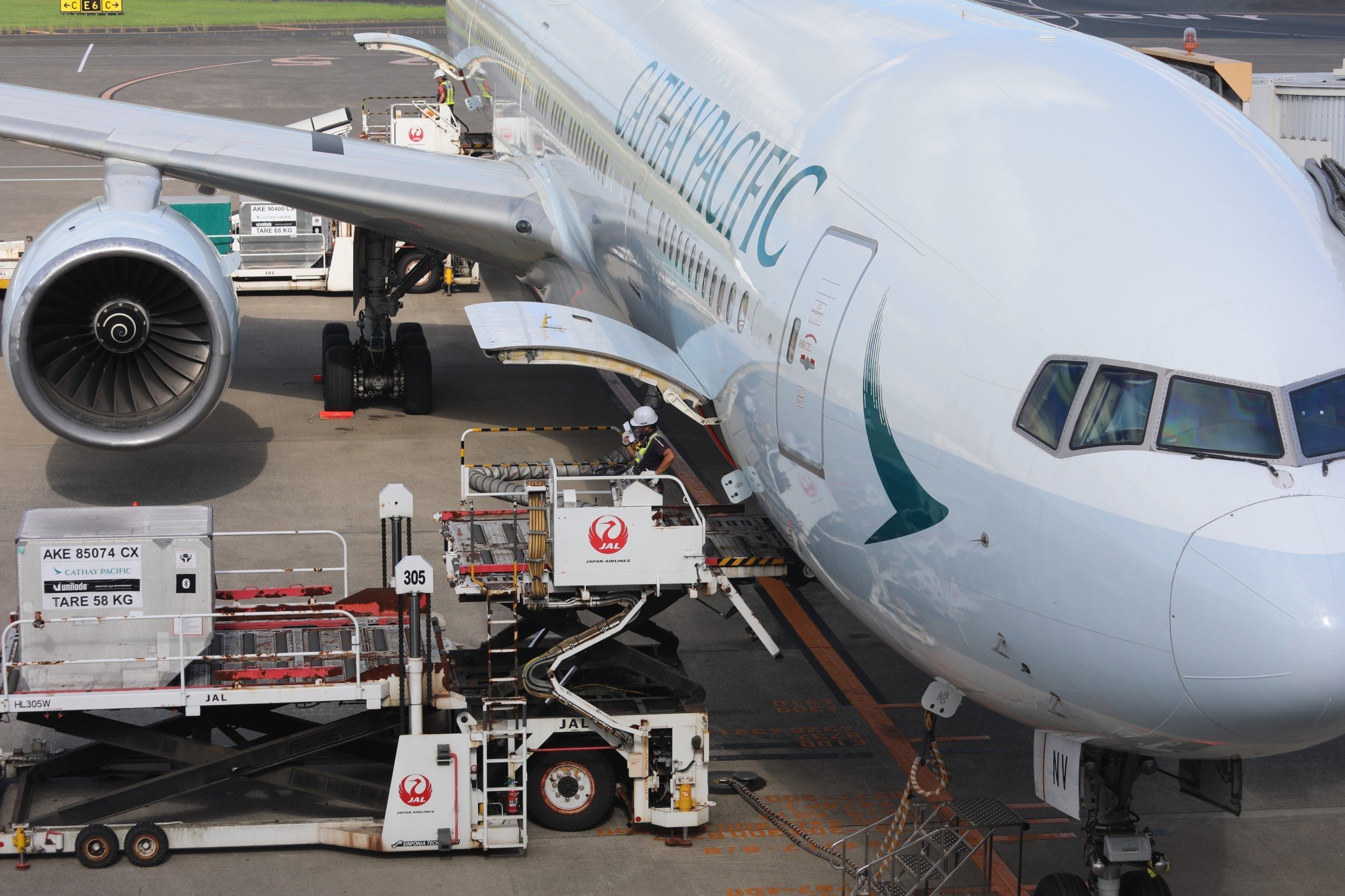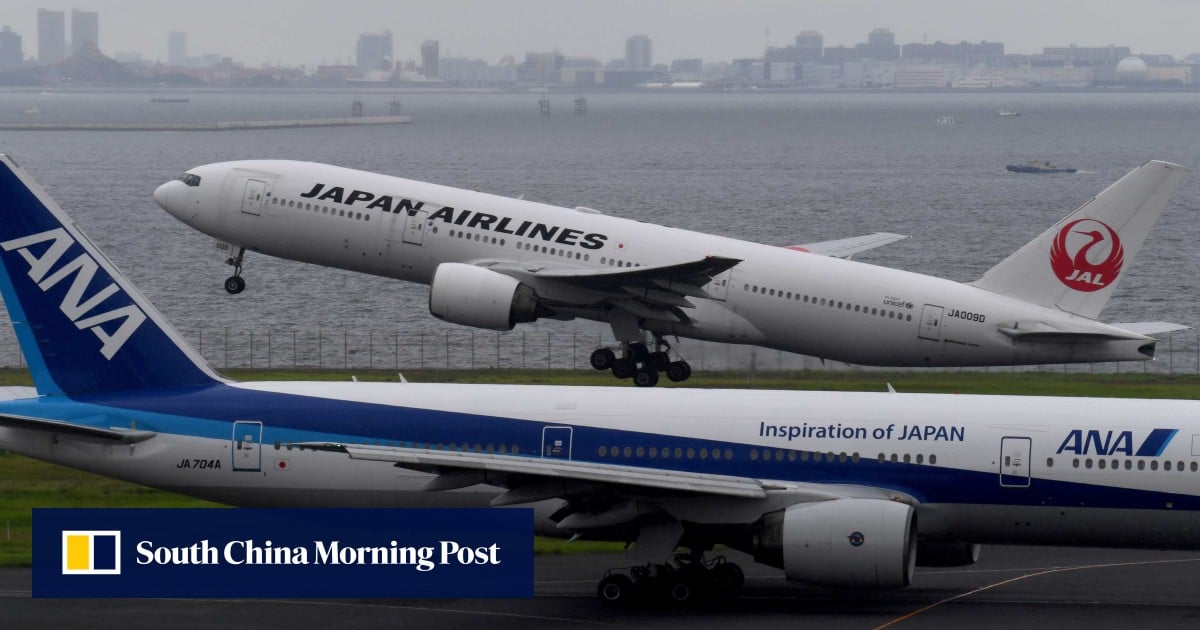From March 31, JAL will have 131 weekly international flights out of Narita on 20 routes, down sharply from 280 flights on 31 routes in the summer of 2019, the last year that air travel was not affected by the global coronavirus pandemic.
Return of Japanese royal treasures to Okinawa from US sparks joy
Return of Japanese royal treasures to Okinawa from US sparks joy
Similarly, ANA has scheduled 116 international weekly flights on 18 routes out of Narita from this summer, down from 294 flights on 34 routes before the Covid-19 crisis.
Following the flight reallocation at Narita, JAL will have 236 weekly flights on 24 routes out of Haneda this summer, up from 154 flights on 15 routes five years ago, while ANA will have 285 flights on 30 routes, an increase from the 247 flights on 24 routes it operated in 2019.
“This is not something that has just started as we do see Haneda as being more convenient for our customers,” said Saiko Kuwasaki, an official of JAL.
“Narita has more flights to and from North America that are connecting with onward flights to other parts of Asia, so we are trying to obtain more flights out of Haneda,” she told This Week in Asia.
The problem, she agreed, was that despite the rapid expansion of Haneda in recent years, there were still a finite number of aircraft slots and competition from all airlines that used the facility is fierce. Further expansion at Haneda is set for next year, although it will be focused on ground handling and services rather than adding landing and take-off spots.
Funding squeeze for Japan’s North Korean schools over propaganda concerns
Funding squeeze for Japan’s North Korean schools over propaganda concerns
To ease the pressure on JAL’s Haneda operations, the company had been moving cargo operations to Narita, Kuwasaki said, while its Zipair low cost carrier flies exclusively from Narita to nine international destinations, including Bangkok, Honolulu, Singapore and Los Angeles.
Anna Mukai, a spokeswoman for ANA, said CEO Shinichi Inoue had recently indicated that despite the airline’s plan to increase flights at Haneda and reduce flights from Narita, he saw the two airports as a “dual hub.”
“During the pandemic, we shifted many flights temporarily to Narita because lots of people were transferring there to go on to North America, Europe or Southeast Asia,” she said. “We see our approach as being quite flexible.”
Both airlines, however, have still not fully resumed all services from before the pandemic. ANA has yet to restart some flights to parts of Southeast Asia, China, Russia, India and Germany, while JAL has not done so for flights to Russia, China, Taiwan and South Korea.
Ashley Harvey, a travel marketing analyst, says Haneda is likely to remain the point of arrival for the vast majority of foreign tourists coming into the city but expansion is going to be increasingly difficult to achieve.

“Unless you are going to east Tokyo or the area around Narita Airport, Haneda is by far the easiest way into the city and it does not come as a great surprise that the airlines are focusing their logistics flights and low-cost carriers at Narita,” he said.
“But expanding Haneda is going to be hard,” he added. “They could reclaim more land in the bay and go further out, but there are also shortages in other areas, such as air traffic controllers, which need to be addressed.”
Residents are also unlikely to welcome more frequent flights if expansion does go ahead, with many in west Tokyo unhappy when the government approved flight paths that flew directly over the city two years ago.
“The solution would be another airport or two,” said Harvey. “For a city the size of Tokyo, that would be the obvious move. Look at London: it has Heathrow, Gatwick, Stanstead, City and even Luton as airports.”
While another airport would help ease the pressure on Narita and Haneda and increase the number of arrivals into Japan, fierce resistance from locals to the construction of Narita in the 1970s could well be replicated – with the government keen to avoid the daily riots and firebombings of the facility that preceded its eventual opening.

